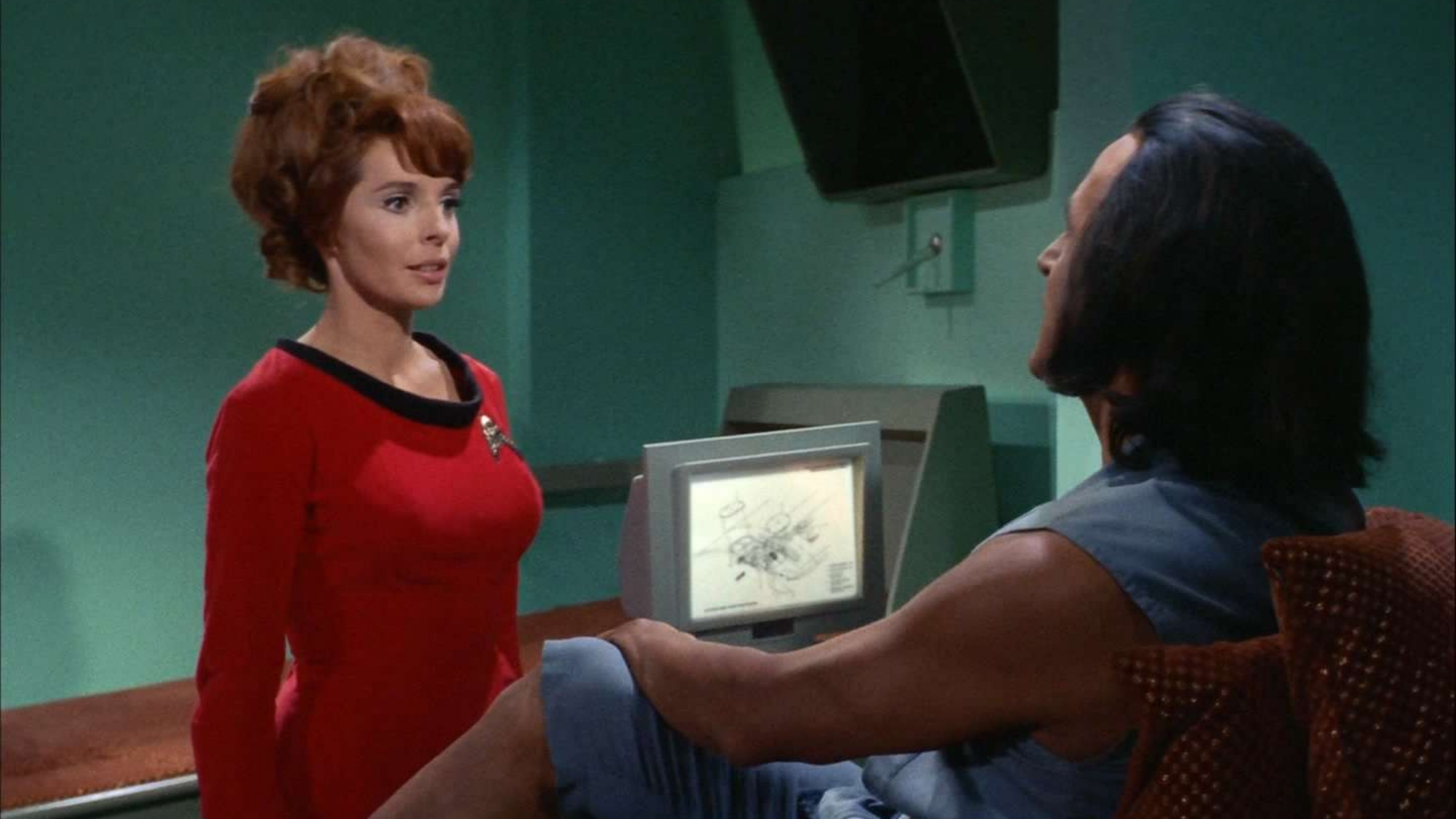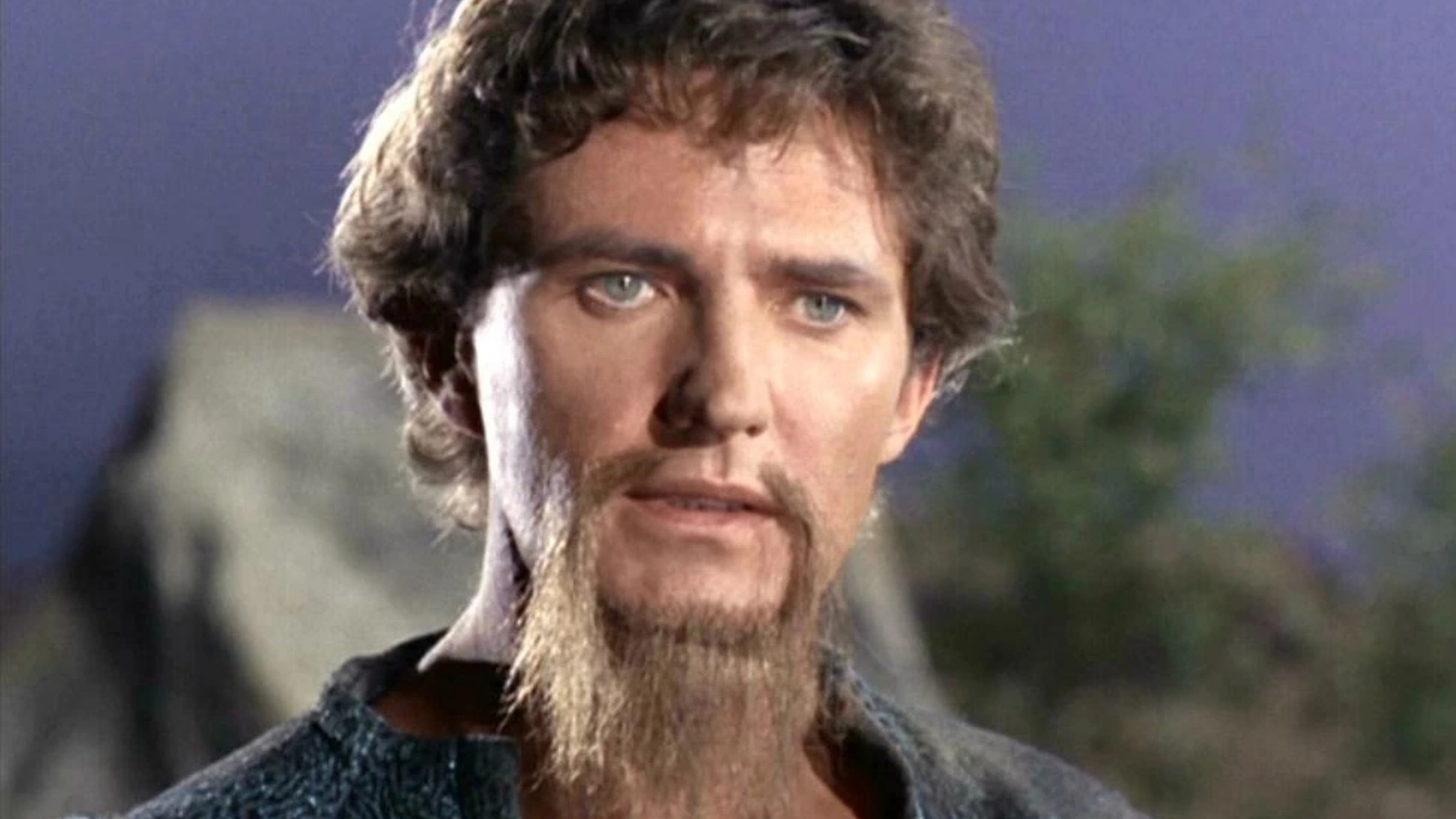
People often talk about Star Trek: The Original Series with a lot of warm feelings. It really laid the groundwork for much of the science fiction we enjoy today, thanks to Gene Roddenberry’s popular show from the 1960s. However, even the biggest Star Trek fans admit that not every character was a success. While we remember iconic figures like Spock and Uhura fondly, some guest stars or one-time characters just didn’t quite work out – sometimes because of how things were written at the time, and other times due to the acting or the character’s basic idea.
Even when The Original Series wasn’t perfect, it remains memorable – even the most flawed episodes hold a certain charm. What makes the show so interesting is its unpredictable nature: it could be deeply thoughtful one week and hilariously bad the next. From awkward romances to bizarre storylines involving duplicates, the worst episodes are often enjoyable in a strange way, offering either a good laugh or a glimpse into the television of that era. While we might not excuse the actions of certain characters, we’ll always remember them.
3) Lt. Marla McGivers

As a lifelong Star Trek fan, I have to say “Space Seed” from the first season of The Original Series is truly a standout episode. It’s not just good – it’s important because that’s where we first meet Khan Noonien Singh, who would become one of the best villains in the entire franchise, especially in Star Trek II: The Wrath of Khan. But honestly, while Khan is amazing, the episode also gave us Lieutenant Marla McGivers, and she’s… well, a bit of a frustrating character. The ship’s historian falling for a tyrant? It always felt a little forced, even as a kid!
Madlyn Rhue played McGivers as a smart woman intrigued by strong leaders from the past, but the character quickly became a tired and submissive stereotype. In just one episode, she shifts from studying Khan to betraying her entire crew for him. The show presented her attraction to his authority as a romance, instead of recognizing it as manipulation. Although her loyalty to Khan became important in Wrath of Khan, her appearance in “Space Seed” is considered one of the most sexist moments in Star Trek. Many fans now feel McGivers deserved a more thoughtful storyline – one that explored her interest in history and power as an internal conflict, rather than a simplistic case of falling for a powerful man.
2) Ensign Pavel Chekov
Ensign Pavel Chekov joined the show in its second season, aiming to attract a younger audience and capture some of the lightheartedness of bands like The Monkees. However, the character ended up feeling like a predictable Cold War stereotype, complete with a distinctive haircut. Walter Koenig’s portrayal of Chekov was characterized by a strong accent, over-the-top patriotism, and a repetitive joke about Russian inventions. While initially funny, this running gag quickly became tiresome for many fans of the original Star Trek series, and Chekov is often cited as the weakest member of the main cast.
Although Walter Koenig brought energy to the role and Chekov later became a more developed character in the movies, he often felt unnecessary on the bridge of the Enterprise in the original Star Trek series. In episodes like “The Apple” and “Catspaw,” Chekov was usually limited to screaming, attempting to flirt, or getting knocked unconscious. The writers rarely gave him much depth, and he mostly served as a simple source of comic relief. His constant optimism sometimes diminished the impact of serious scenes, making them feel less meaningful. While not always irritating, Chekov was noticeably underdeveloped and frequently the target of jokes. Surrounded by strong, complex characters, he often felt like the crew’s punching bag, and little else.
1) Lazarus

“The Alternative Factor” is definitely one of the stranger episodes of Star Trek: The Original Series. It features a bizarre character named Lazarus, who seems to exist in two different versions of reality – one stable and one unstable – and even fights a duplicate of himself from another universe. Though Robert Brown played the role (after John Drew Barrymore unexpectedly left the production), Lazarus doesn’t come across as a tragically complex figure. Instead, he’s generally considered one of the most frustrating and confusing characters in the entire series.
Okay, let me tell you about “The Alternative Factor.” Every time this character, Lazarus, shows up, he’s either screaming nonsense, holding his head, or just completely spaced out. And honestly, the editing is trying to make it seem deep, but it just doesn’t work. This episode had a really interesting premise – exploring a fractured identity and madness – but it gets lost in a frustrating cycle of rambling dialogue and some seriously noticeable continuity errors with Lazarus’s beard! The actor, Brown, is doing his best, but Lazarus’s endless, nonsensical monologues and the episode’s painfully slow pace ultimately turn the character into a joke. It’s no surprise that “The Alternative Factor” is still considered one of the worst Trek episodes ever made, and Lazarus is a perfect example of what happens when a show tries to be ambitious but just doesn’t quite pull it off.
Do fans treat Chekov unfairly? Share your thoughts in the comments and join the discussion on the ComicBook Forum!
https://comicbook.com/tv-shows/list/7-game-changing-times-star-trek-rewrote-canon/embed/#
Read More
- The Most Jaw-Dropping Pop Culture Moments of 2025 Revealed
- Ashes of Creation Rogue Guide for Beginners
- 3 PS Plus Extra, Premium Games for December 2025 Leaked Early
- Best Controller Settings for ARC Raiders
- Where Winds Meet: How To Defeat Shadow Puppeteer (Boss Guide)
- Hazbin Hotel season 3 release date speculation and latest news
- Where Winds Meet: Best Weapon Combinations
- Jim Ward, Voice of Ratchet & Clank’s Captain Qwark, Has Passed Away
- Kylie Jenner Makes Acting Debut in Charli XCX’s The Moment Trailer
- TikToker Madeleine White Marries Andrew Fedyk: See Her Wedding Dress
2025-10-30 03:40